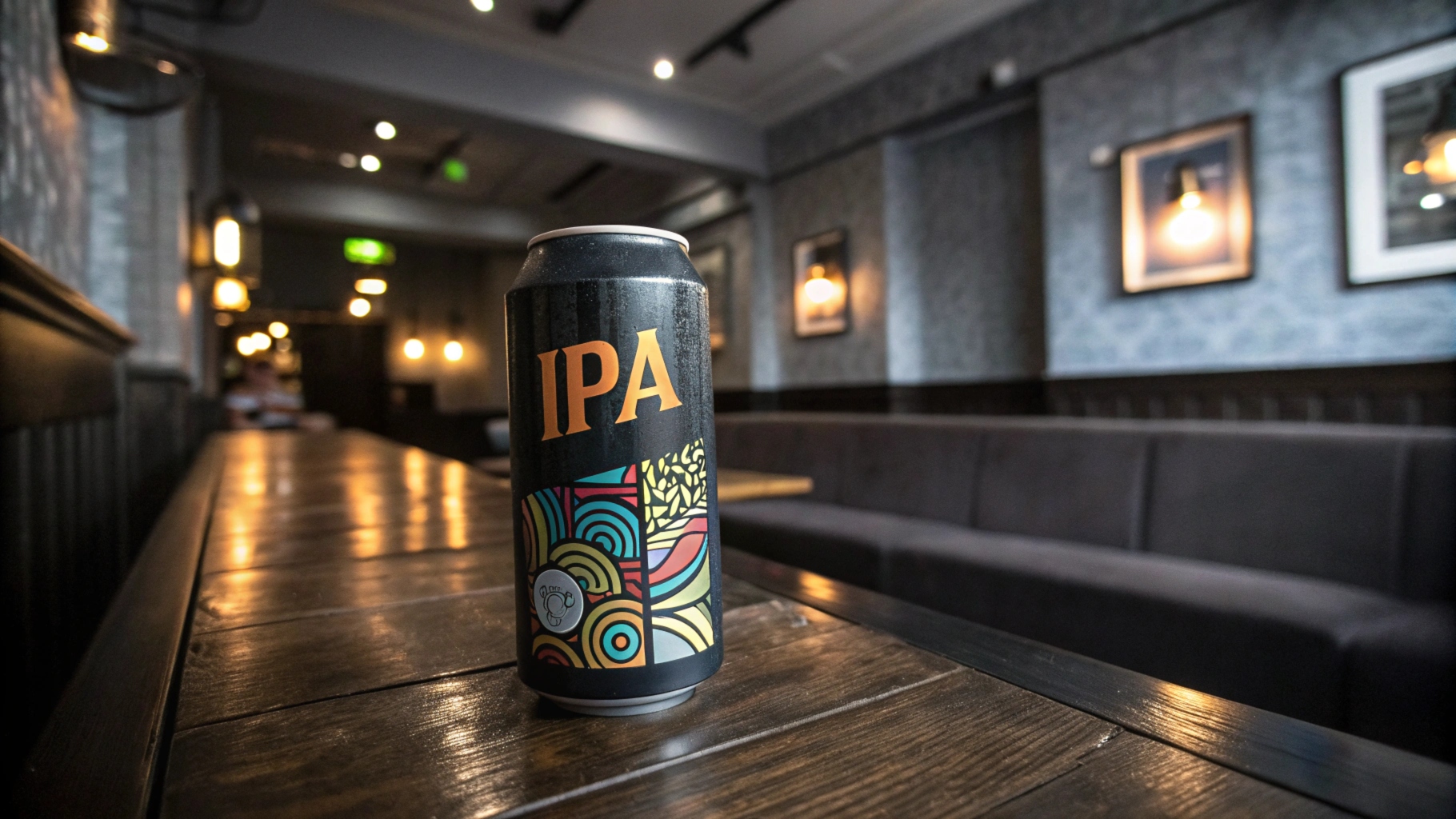The Rise of the Unknown Favorite
Walk into any craft brewery or beer bar today, and you’ll hear a familiar chorus:
“– I’ll have an IPA.”
These three letters have become a staple of the modern drinking vocabulary, yet many who utter them would be hard-pressed to explain their meaning. India Pale Ale – a name that tells a story of colonial trade routes, preservation techniques, and brewing innovation – has become simultaneously ubiquitous and misunderstood.
The irony isn’t lost on beer historians. While IPAs dominate craft beer sales, accounting for roughly 40% of craft beer market share, surveys suggest that less than half of regular IPA drinkers can correctly identify what the acronym stands for. Even fewer know the style’s fascinating origins in British colonial commerce.
Before reading any further:
I would strongly suggest you visit the “Zythophile” website by Martyn Cornell, founded back in 2007 and one of the richest sources on beer on the internet. All the common mistakes and myths about the IPA are debunked there.
Born of Necessity, Raised by Empire
The tale most likely begins in the late 1600s, when British merchants and soldiers in India and the Far East craved their homeland’s ales. Many beers wouldn’t survive the six-month journey around Africa’s Cape of Good Hope, arriving stale or spoiled. At some point, brewers must have discovered that additional hops and higher alcohol content served as natural preservatives. This may not have been the exclusive reason to add more hops, after all, pale ales and porters had been successfully exported to warmer climates. Yet, a new style of pale ale emerged, heavily hopped, more robust and better equipped to endure the long sea voyage to the British Raj.
The style’s signature bitterness wasn’t initially a flavor choice but a practical solution to a logistical problem. Yet this preservation technique inadvertently created a distinct taste profile that would, centuries later, capture the imagination of American craft brewers and reshape the modern beer landscape.
Modern Renaissance, Lost History
Today’s IPA bears little resemblance to its historical ancestor. American craft brewers have transformed the style, experimenting with new hop varieties and brewing techniques to create subcategories like West Coast, and New England IPAs. The style has become a canvas for innovation, with brewers pushing boundaries of flavor and aroma.
Yet as IPAs have evolved and dominated the craft beer scene, their origin story has faded into obscurity. The modern IPA drinker might rhapsodize about tropical fruit notes and discuss hop varieties with scholarly precision, but many remain unaware they’re participating in a brewing tradition that spans continents and centuries.
Perhaps there’s something fitting about this paradox. Like the style itself, our relationship with IPA continues to evolve – embracing innovation while somewhat disconnected from its roots. The next time you order an IPA, consider the journey those three letters have taken: from a practical solution for colonial trade to a cultural phenomenon that defines modern craft beer, even if its full name remains a mystery to many who love it.
The Early Beginnings
This part has been deleted and is under revision.


Leave a Reply